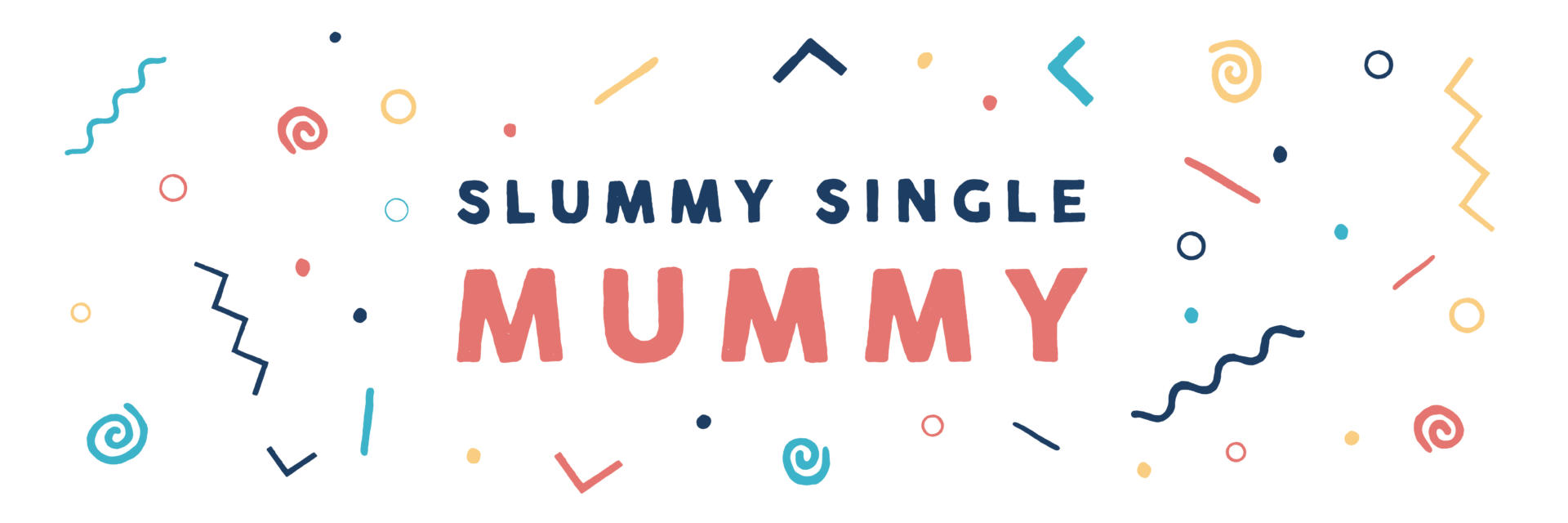Digital banking, including online and mobile banking, offers ease in managing finances. With this technology, you can conveniently pay bills, deposit checks, and transfer funds from anywhere. According to a recent survey conducted by Forbes in 2022, more than 78% of Americans prefer digital banking due to its convenience. However, it is important to consider the security of online and mobile banking and take necessary precautions to safeguard your financial and personal information. Reputable financial institutions employ various security measures, but you can also take steps on your own to bank account protection from potential hackers.

Is online banking safe?
When your bank adheres to stringent security protocols and you know how to identify potential security threats, online banking becomes a secure method to manage your finances.
Banks employ multiple security measures to safeguard customer information, such as:
- Implementing 128-bit or 256-bit data encryption
- Utilizing encrypted email messaging
- Incorporating automatic logout functionality for online and mobile banking
- Enabling two-factor authentication
- Continuously monitoring accounts
- Verifying electronic signatures
Risks of online banking
Logging into your bank’s website or app using an unsecured network while you’re on the go can result in serious consequences. Be cautious of the following:
- Phishing: Fraudsters may impersonate your bank and attempt to gather personal information through emails or SMS. They create dummy sites that resemble the ones you’re familiar with, tricking you into providing passwords or bank account details. This information is then used for identity theft or financial fraud.
- Viruses: If your bank doesn’t utilize secure software, you run the risk of being exposed to malware or viruses that can infect your computer or phone, potentially causing significant damage.
- Maintenance outages: Solely relying on online banking means that any unforeseen outage, whether intentional or accidental, could leave you in a financially vulnerable position.
How to secure your bank account from hackers?
#1 Use a strong password
Passwords serve as the primary defense. However, the increasing number of passwords we need to manage has become a headache. Studies and articles online highlight that on average, individuals handle upwards of 80 passwords. Even with a small portion of that, it is highly recommended to utilize a password manager. Choosing a reliable password manager will generate robust and distinct passwords for each account, securely storing them.
To ensure security, avoid simple passwords that can be easily guessed or obtained from other sources such as birthdays or pet names. Furthermore, it is crucial to create unique passwords for each account. This practice can prevent major issues in case of a compromised account, as hackers won’t be able to use the same password on other accounts.
#2 Be careful with public Wi-Fi
Hackers can easily gain access to your computer and steal personal information when connected to public Wi-Fi. To keep your information secure, never access your bank’s website through a computer, tablet, or mobile phone unless you’re connected to a secure Wi-Fi network with a password or using your cell phone data connection. By doing so, you make it much more challenging for thieves to hack and protect your information. It’s also crucial to learn how to stop Wi-Fi owner to see your history which can further enhance your online privacy. Additionally, regularly updating your device’s security software and using a VPN like VeePN can provide an extra layer of protection against cyber threats.
#3 Enable 2FA
Two-factor, or multifactor, authentication adds a layer of security verification when logging into your online or mobile banking account. Initially, you enter your login credentials, followed by passing a second security test.
As an illustration, you may be required to input a unique code, verify your account through an automated phone call, utilize biometric verification, or identify an image. These measures make it challenging for hackers or identity thieves to gain access to your account, even if they possess your online or mobile banking password.
#4 Avoid phishing attacks
Crooks commonly employ phishing as a method to steal personal information via email. Phishing emails can take various forms, ranging from impersonating lawyers seeking bank transfers to announcing fake lottery winnings. These classic tactics are still prevalent, but phishing techniques have evolved to become more sophisticated. Nowadays, hackers pose as banks, online stores, or credit card companies and utilize well-designed emails that closely resemble genuine correspondence.
However, these emails are fraudulent. The embedded links lead to hackers, who aim to steal personal information or redirect payments. One clear indication of a phishing email is a sender’s address that slightly alters the brand name or adds extra language at the end. If you receive such an email, avoid clicking on any links. Instead, contact the institution in question using the phone number or address listed on their official website. This is a reliable guideline to follow. The preferred means of communication should always be the one you have used and trusted previously.
#5 Use a VPN
If we consider how safe online banking is, then it is quite reliable. However, it is still susceptible to some vulnerabilities on the client side. Even a free VPN extension for Chrome from a trusted developer like VPN proxy VeePN is enough to close these security gaps. The same VPN for Chrome encrypts data before sending and receiving. This means that no one can intercept your data, even if you are using public Wi-Fi. More precisely, the data can be intercepted, but it will be encrypted.
#6 Don’t save your payment information in your browser or smartphone
Many websites offer the choice to store login details for convenience. However, if someone else uses your device afterward, they may have access to your bank accounts. To combat this, banking sites now implement inactivity timeouts and refrain from saving user information.
#7 Keep all devices updated
Outdated computers and mobile devices might lack the necessary security measures to safeguard your personal and financial data from the newest computer viruses. If a virus infects your computer, a hacker could discreetly gain access to your bank accounts, resulting in the loss of your funds without your awareness. It is crucial to promptly execute recommended updates and implement antivirus software to enhance your computer’s protection.
#8 Beware of calls
Criminals still prefer utilizing telephones, leveraging the perception of trust associated with this age-old communication method. This technique, known as “vishing” or “voice phishing,” reflects the familiar intent of phishing scams: coaxing victims into fraudulent financial transactions and data theft. The perpetrators may adopt various approaches, such as posing as a bank representative, a reputable tech support agent, or even sending messages that urge recipients to call a specified number.
For instance, a fraudster may call, introducing themselves as a representative from your bank or credit card company, claiming they have inquiries regarding your account. In such scenarios, it is advisable to conclude the call politely and reach out to your bank or credit card company independently to address any genuine concerns. Scammers can employ highly convincing tactics but always remember that you remain in control. Feel free to disconnect the call and contact a trusted phone number to validate the authenticity of the interaction.
#9 Monitor your account regularly
Taking the necessary precautions should (hopefully) keep unauthorized access to your bank account at bay. To ensure absolute security, regularly review your account balances and transaction history and ensure that your money remains in its designated place. If you come across any suspicious activity, promptly change your account password and immediately contact your bank.
While most of these guidelines should be common knowledge, you must remain vigilant. This concerns your hard-earned money – once it’s gone, recovery may prove challenging. If you haven’t recently updated your computer’s software, established two-factor authentication, or modified your bank account password, take the initiative now to safeguard your financial information exclusively.
#10 Sign up for banking alerts
Banking alerts instantly notify you about specific actions that take place. You will receive prompt notifications regarding potential fraudulent or suspicious activity. It is also possible to receive alerts via email or text message for the following:
- Low or high account balances
- New credit and debit transactions
- Newly linked external accounts
- Failed login attempts
- Password changes
- Updates to personal information
If you receive an alert and suspect any fraudulent or suspicious activity, make sure to immediately contact your bank or credit union and update your online and mobile banking passwords.
#11 Choose safe financial institutions
Financial applications, such as mobile banking apps, offer convenience for various banking tasks like bill payments, money transfers, and shopping. However, it’s crucial to note that their security levels may differ.
When planning to use your bank’s mobile app, ensure you are using the official version obtained from their website. If downloading from the App Store or Google Play, verify the legitimacy by checking the developer details and reading reviews.
Carefully consider which apps you grant access to your online and mobile banking information. For instance, if you prefer a budgeting app to manage your finances, be cautious when sharing your login credentials for data retrieval and financial analysis, as this might put your data at risk.
Before downloading any financial application, examine its ratings and research its security policies to mitigate the likelihood of past data breaches.

Conclusion
To ensure the security of online banking, you need to consider several key factors. First, use all the standard protection methods that your bank offers. Secondly, you need to understand potential vulnerabilities and know how to counteract them. Third, traffic should be encrypted. These measures are enough to ensure that no one can break into your bank account.
